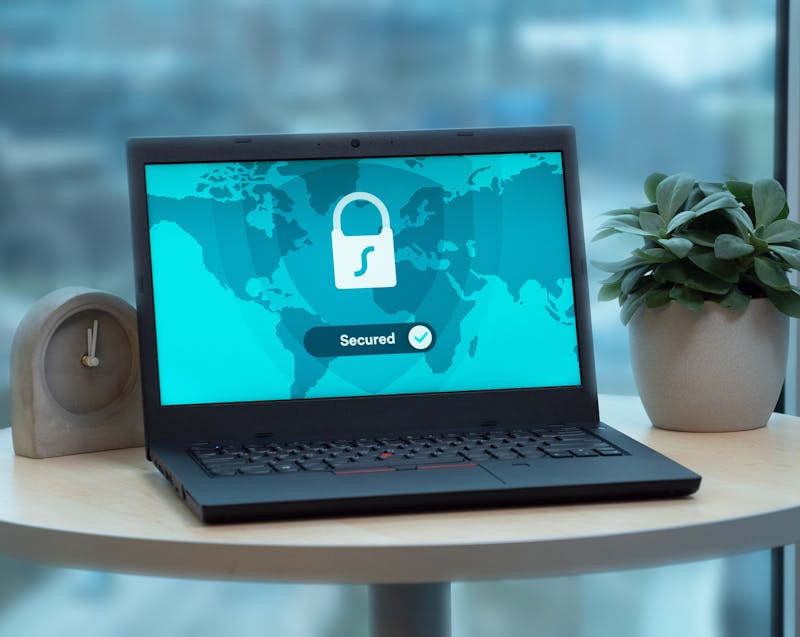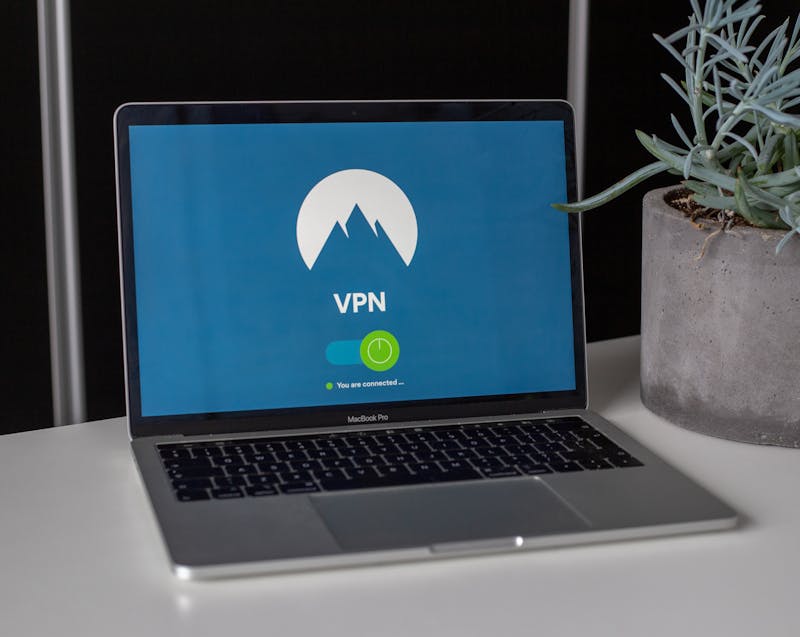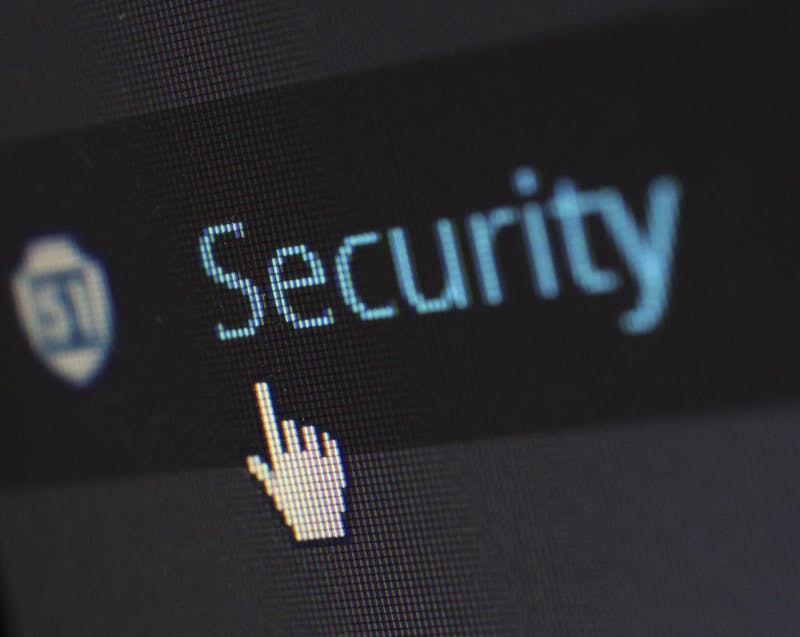- Understanding basic cybersecurity terms helps you recognize online threats and protect your data.
- Cyber threats like malware, phishing, and ransomware are common and can affect anyone using the internet.
- Tools like encryption, firewalls, VPNs, and two-factor authentication strengthen your online security.
- Cybersecurity monitoring ensures suspicious activity is detected and addressed in real time.
- Practicing safe habits—strong passwords, software updates, and cautious clicking—reduces risk significantly.
- Awareness of terms like zero-day vulnerabilities and social engineering helps you respond proactively.
- Cybersecurity is an ongoing practice, not a one-time action, requiring constant vigilance.
In today’s hyper-connected world, understanding cybersecurity isn’t just for tech professionals—it’s for everyone. Whether you’re shopping online, managing your finances, or simply using social media, knowing the basics of cybersecurity can make a huge difference in protecting your personal information. But the digital landscape is filled with complex jargon that can be overwhelming. From malware to phishing, the terms can sound intimidating if you don’t know what they mean.
This article breaks down the most essential cybersecurity terms in simple, practical language. You’ll learn what these words mean, why they matter, and how they help keep you safe online. By the end, you’ll be able to recognize potential threats and make more informed decisions about your digital security.
What Is Cybersecurity and Why Should You Care?

Before exploring individual terms, it’s helpful to first understand what cybersecurity means. Simply put, cybersecurity involves the strategies, tools, and practices used to safeguard computers, networks, and data from unauthorized access or harmful attacks. These threats can originate from hackers, malicious programs, or even accidental human errors.
Cybersecurity is not limited to large organizations or government systems—it matters for anyone using the internet. Every online activity, from sending emails to making purchases or posting on social media, involves sensitive information that could be targeted. By grasping the basic principles of cybersecurity, you can recognize warning signs of potential threats and take preventive measures before a small issue turns into a serious problem.
In short, cybersecurity knowledge is your first line of defense against identity theft, fraud, and data breaches.
Common Cyber Threats You Should Know
Every internet user encounters potential cyber threats, often without realizing it. Knowing how these threats work can help you detect them early. Here are the most common ones:
- Malware: Short for “malicious software,” malware includes viruses, worms, and ransomware designed to damage or gain control over your computer or data.
- Phishing: Cybercriminals use fake emails or websites to trick you into sharing personal information, like passwords or credit card details.
- Ransomware: A type of malware that locks your data until you pay a ransom to the attacker.
- Spyware: Software that secretly collects information about you, such as browsing habits or login credentials.
- Social Engineering: Manipulative tactics used by attackers to make you reveal confidential information voluntarily.
Recognizing these terms and the methods behind them empowers you to stay alert when interacting online.
Essential Cybersecurity Terms Everyone Should Understand
Learning key cybersecurity terms is like learning the vocabulary of digital safety. Once you know these words, you can better navigate online environments and spot potential risks before they affect you.
- Encryption: The process of converting data into unreadable code to protect it from unauthorized access. This ensures that even if data is intercepted, it can’t be understood.
- Firewall: A security system that monitors and controls incoming and outgoing network traffic based on predetermined rules. Think of it as a digital gatekeeper.
- Two-Factor Authentication (2FA): A security feature that requires two forms of verification—such as a password and a text code—to access an account.
- VPN (Virtual Private Network): A tool that masks your IP address and encrypts your internet connection, making it harder for hackers to track your online activity.
- Zero-Day Vulnerability: A security flaw unknown to developers that hackers exploit before a fix is released.
- Cybersecurity Monitoring: The continuous process of observing systems, networks, and user activity to detect and respond to potential threats in real time.
Understanding these terms helps you make smarter decisions—like activating 2FA or using a VPN when connecting to public Wi-Fi.
How Do These Terms Affect Your Online Safety?
Knowing cybersecurity terminology isn’t just about sounding informed—it’s about protecting yourself. Each concept plays a specific role in keeping your data secure. Encryption, for instance, keeps your messages private when you chat or send files online. Firewalls block unwanted access, while cybersecurity monitoring ensures that suspicious behavior is detected and mitigated quickly.
In a world where cyber threats evolve daily, being familiar with these terms helps you recognize red flags before it’s too late. For example, if you receive a message urging you to “verify your account,” you’ll know it might be a phishing attempt. By understanding the language of cybersecurity, you gain the confidence to navigate the internet safely and respond proactively to potential risks.
Practical Tips to Strengthen Your Cybersecurity

Now that you understand the essential terms, here are some simple actions you can take to apply them in your daily life:
- Use strong, unique passwords for every account and change them regularly.
- Enable two-factor authentication wherever possible for an extra layer of protection.
- Keep your software and devices updated to fix known vulnerabilities.
- Avoid clicking suspicious links or attachments in emails, even if they appear to come from trusted sources.
- Use a reputable VPN when connecting to public Wi-Fi to prevent data interception.
- Install and update antivirus software to detect and block malware.
- Back up your data regularly to minimize loss in case of a ransomware attack.
By practicing these habits consistently, you reduce your exposure to online threats and ensure that your digital footprint remains secure.
Final Thoughts
Understanding essential cybersecurity terms isn’t about becoming a tech expert—it’s about becoming a smart internet user. Cyber threats are everywhere, but knowledge gives you the power to protect yourself. By familiarizing yourself with these concepts and implementing basic security measures, you take an active step toward safeguarding your online identity and personal information.
Remember, cybersecurity isn’t a one-time action—it’s a continuous practice of awareness, monitoring, and prevention. The more you understand, the safer you’ll be in the digital world.
